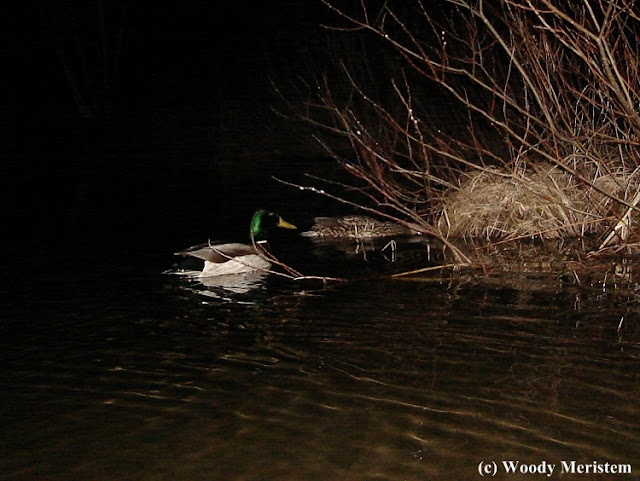Time was when most farms in areas where sugar
maple was abundant had their own sugarbush where, in the spring, the sugar maples were tapped for their sweet sap –
Those farms also had their own sugar shacks
where the maples’ sap was boiled to reduce its water content and
concentrate the sugar, turning the sap into syrup –
The days of the 5 or 10-acre sugarbush
are, with the exception of what are essentially hobby operations, rapidly drawing to a close. Now
there are sugarbushes with over 60,000 taps, miles of plastic tubing and vacuum
pumps to convey sap to state of the art stainless steel holding tanks and
gas-fired evaporators in large modern facilities.
Recently we took a hike that passed
through several of those relic sugarbushes with their large old trees –
And those trees are certainly large –
However, sugar maples that have been
repeatedly tapped usually don’t live to see more than 150 springs. The trees in these
old sugarbushes are declining rapidly and may all be gone in a few years –
Their large trunks will decay fairly
rapidly –
Just as the fallen trees decay, so too
have many abandoned sugar shacks, leaving only a rubble stone foundation –
An abundance of rusting sap collection
buckets –
The remains of an old evaporator -
And a ramp were the tank-bearing sled was elevated so the collected sap would run down to the evaporator -
As the price of maple syrup and other products of the sugarbush have risen, the old ways and the old trees fade into
memory.


























